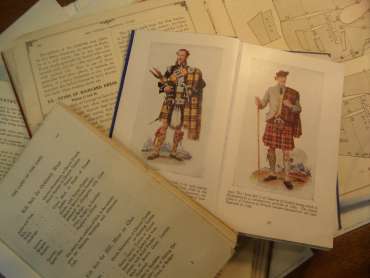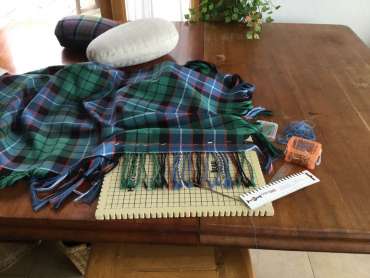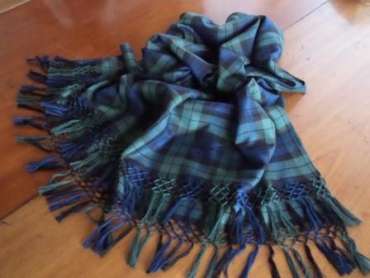
The Kilt, was of the Gordon Highlanders tartan. During active service, to provide some camouflage, it was covered front and back by a khaki apron. This apron had a pocket in the front, to replace the sporran, and was fastened with ties on the right hand side.

The Kilt, was of the Gordon Highlanders tartan. During active service, to provide some camouflage, it was covered front and back by a khaki apron. This apron had a pocket in the front, to replace the sporran, and was fastened with ties on the right hand side.

When we think about art, it’s safe to say that the first ideas that generally spring to mind are oil paintings, watercolours, sketches and sculptures. What is perhaps less likely to enter our mind is the thought of tailoring as a form of art. Yet as long ago as 1890, trainee tailors were being urged – in a lecture delivered by a master tailor to the Students of the ‘Tailor and Cutter’ School of Art and Cutting Academy, Drury Lane, London – to consider the subject of ‘Art in Relation to Tailoring’.

Yes, you just read the words “art” and “tailoring” in the same headline, and if you’re surprised by the concept that tailoring is a form of art, the article – The Art of Tailoring – based on a fascinating lecture published in The London Art Fashion Journal on 1st November 1890 – will explain all.

This year, our son Murdo turned 21, so while 2016 was still very new, we asked him what gift he’d like from us to mark this auspicious occasion. “I’d like a kilt, please,” came his reply, and having just paid £75 to hire a kilt outfit for him for a single day a couple of weeks earlier, we certainly weren’t against the idea of him having his own kilt to sport at all manner of future occasions. The great thing about the kilt is that it’s utterly flexible and can be dressed up (with full Bonnie Prince Charlie regalia) or down (worn with a casual rugby shirt) depending on the occasion.
